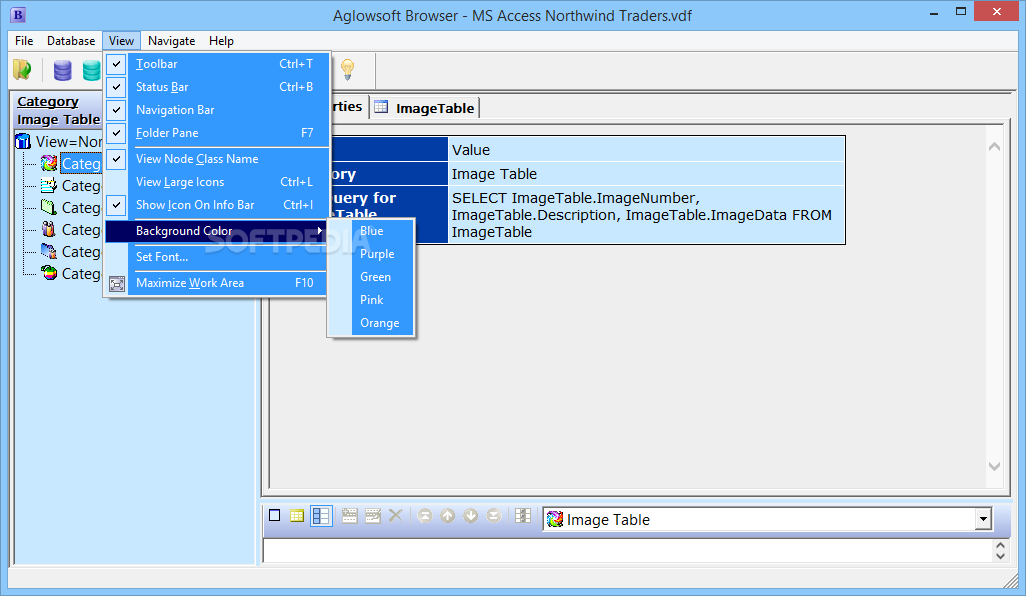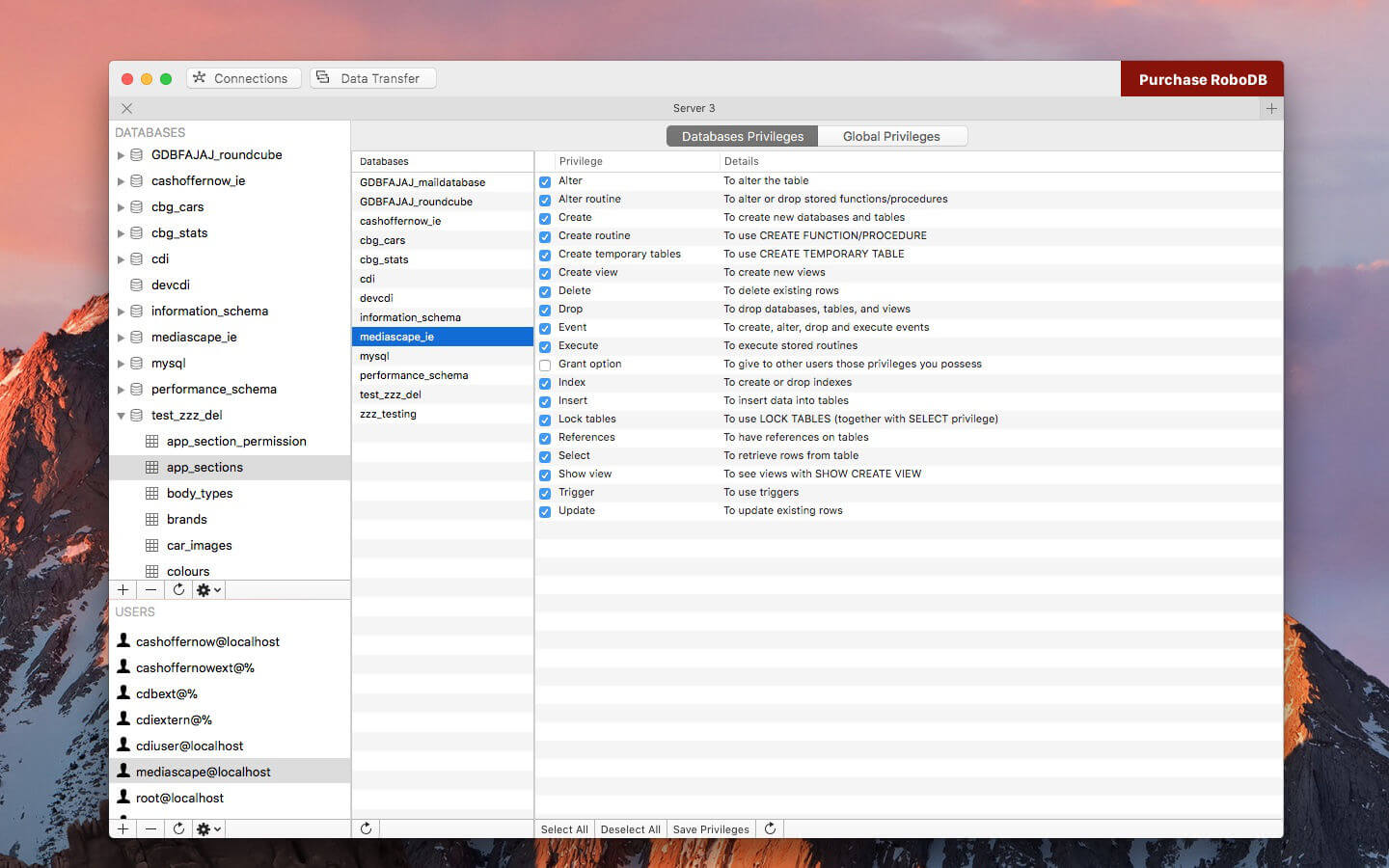
- SAVE QUERIES IN NAVICAT FOR MYSQL 12 HOW TO
- SAVE QUERIES IN NAVICAT FOR MYSQL 12 FULL
- SAVE QUERIES IN NAVICAT FOR MYSQL 12 WINDOWS
We’ll be using the Sakila Sample MySQL Database as our user database. In addition to replication, it can be utilized for a variety of jobs, including backups, queries, and reports.įigure 1: Navicat Premium 12 Automation utility in Windowsįigure 2: Navicat Premium 12 Automation utility in macOS
SAVE QUERIES IN NAVICAT FOR MYSQL 12 WINDOWS
Automation is the execution of a process at one or more regular intervals, beginning and ending at a specific date and time, much like Windows Task Scheduler. Introduced in version 12, Navicat Premium’s new Automation utility features an easy-to-use and intuitive interface for creating automated batch jobs. Automated regular data replication between the two environments is often an integral part of such an arrangement. Oracle to Microsoft SQL Server, PostgresSQL, to Amazon DynamoDB, MySQL to Amazon AuroraĪ scenario where Heterogeneous replication would be required would be where one or more external business partners employ a different database type than our own.


In a distributed database management system (DDBMS) changes, additions, and deletions performed on the data at one location are automatically reflected in the data stored at all the other locations.
SAVE QUERIES IN NAVICAT FOR MYSQL 12 FULL
SAVE QUERIES IN NAVICAT FOR MYSQL 12 HOW TO
In today’s follow-up, we’ll cover how to automate database replication using Navicat Premium’s new Automation utility.

In the Database Synchronization Strategies whitepaper, we explored some strategies for synchronizing two databases that are of the same and of dissimilar type, using the Navicat Premium Database Management System. The implementation of database replication for the purpose of eliminating data ambiguity or inconsistency among users is known as normalization. In either case the result is a distributed database in which users can access data relevant to their tasks without interfering with the work of others. The main role of replication is to create an amalgamated repository of all user databases and/or disseminate the same level of information amongst all users. Replication may either be done asynchronously, so that a permanent connection between the two databases is not required, or during non-peak hours, when there is little traffic on the database server, for instance, during the late-night hours.

Unlike synchronization, which is a one-time process that brings the schema and data of two databases in sync, replication is a process that continuously (automatically) reproduces data between two databases (although schema updates are also possible).


 0 kommentar(er)
0 kommentar(er)
